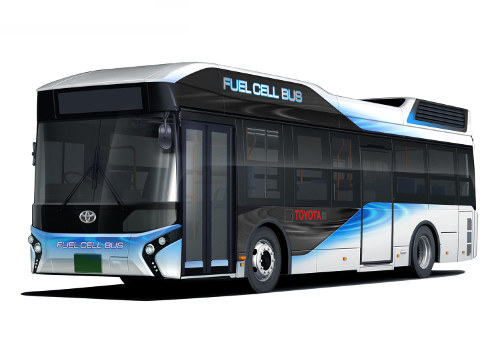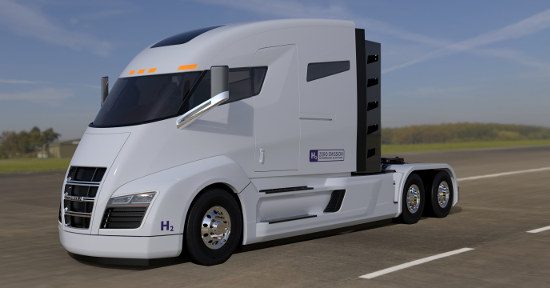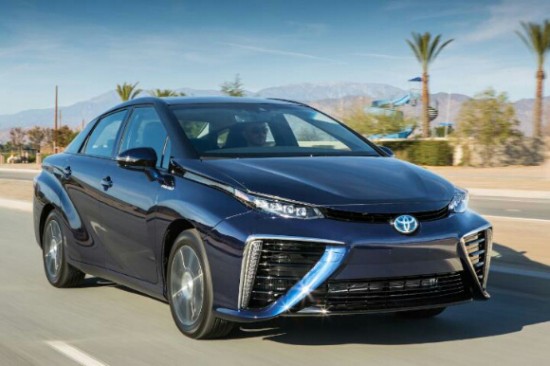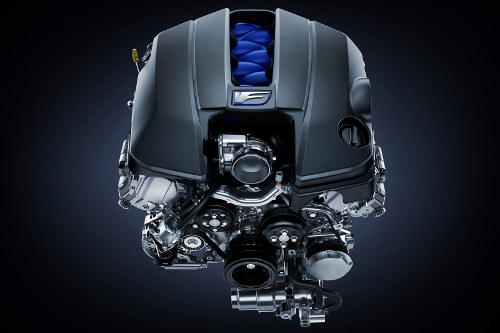
 Author Archive for Jason Lancaster
Author Archive for Jason Lancaster
Jason Lancaster is the editor and founder of TundraHeadquarters.com. He has nearly a decade of experience on the retail side of the auto industry, and another decade of experience of the part and accessory side of the industry.
Another Step In Toyota’s March To Fuel Cell Powered Pickups
While many in the automotive publishing world are fawning over Tesla and battery-powered electric vehicles, we’ve been focused on fuel cell powered vehicles. The reason is simple: We care about trucks, and battery electric pickup trucks just aren’t that feasible.

Toyota is officially in the business of selling fuel cell powered buses. Pickups can’t be far off.
Recently, Toyota announced plans to sell fuel cell powered city buses. In all likelihood, these buses are a rough blueprint for a future Toyota Tundra powertrain.
Nikola One – Hydrogen Powered Big Rig Offers Glimpse Into The Future
A new hydrogen powered class 8 truck (aka big rig) from Nikola Motor Company offers a glimpse into the future of all trucks. With excellent power and range, the Nikola One shows how automakers could use hydrogen to power pickup trucks and large SUVs.

The Nikola One is powered by a hydrogen fuel cell. The drivetrain has more power than anything on the road, 1200 miles of range, and gets up to 20mpg.
The Problem With Buying A Compact Pickup
With GM’s new Colorado and Canyon exceeding expectations, a new Tacoma right around the corner, and rumors of a new Frontier debuting in the next few months, it seems as if compact trucks are really surging in popularity. There’s even discussion of Ford bringing back the Ranger, a concept that gets Ford fans as excited as aluminum body panels and small displacement turbocharged V6’s.

In the “old” days (1970s), compact trucks were more fuel efficient and substantially less expensive than half-ton trucks. Today? Not so much.
The problem with all of this excitement about compact trucks is that it ignores the “why.” Specifically, why would anyone buy a compact truck when there are so many great full-size trucks available?
Why Truck Owners Should Care About Fuel Cells
Toyota’s new Mirai isn’t terribly impressive at first glance. It’s pricey (about $70k), it will be difficult to refuel outside of Los Angeles or San Francisco, and it’s not very fast (a zero to 60 time of about 10 seconds).

Toyota’s new Mirai might not look like big news to pickup fans, but hydrogen fuel cells are likely to be a big part of Toyota’s plan for the Tundra.
However, the technology underneath is the game changer…especially for trucks. Hydrogen is almost certain to become the predominant alternative fuel for trucks and large SUVs. Here’s why.
Atkinson Variable Displacement V8 Coming To The Tundra
A note from the Editor: with the new Tacoma coming to market with an Atkinson cycle engine, we thought it made sense to republish this older post that explains how it works.
When rumors of a V8 Lexus coupe with “variable displacement” hit the automotive press a few months ago, I was more than a little skeptical. Quite a few Toyota employees have said that the typical variable displacement technologies employed by GM and Chrysler-Fiat are “not in the best interests of the consumer,” which is Toyota-speak for “variable displacement is a stupid gimmick,” at least when GM and Chrysler-Fiat do it.
Considering all the problems GM trucks have had with their active fuel management systems (which can consume 1-2 quarts of oil between changes), Toyota’s stance makes sense. Yet a number of sources claimed Toyota’s new V8 Lexus coupe would have variable displacement technology, and I found myself a bit dismayed. Would Toyota succumb to the allure of variable displacement systems that raises a vehicle’s EPA rating without any real-world benefits?

Today’s announcement from Toyota about a new family of “thermally efficient” engines all but guarantees that the Tundra will be getting a variable displacement V8, similar to the system found on the new Lexus RC F 5.0L V8 (shown).
Fortunately, the answer is no. The new Lexus RC F comes with a 5.0L V8 that can operate both as a traditional Otto cycle engine and as an efficient Atkinson cycle engine, which – in a manner of speaking – means the engine is variable displacement. When you combine this news with today’s announcement from Toyota about a “new series of gas engines,” it’s safe to say that the Tundra will be getting a variable displacement V8. Probably in the next 2 years.

